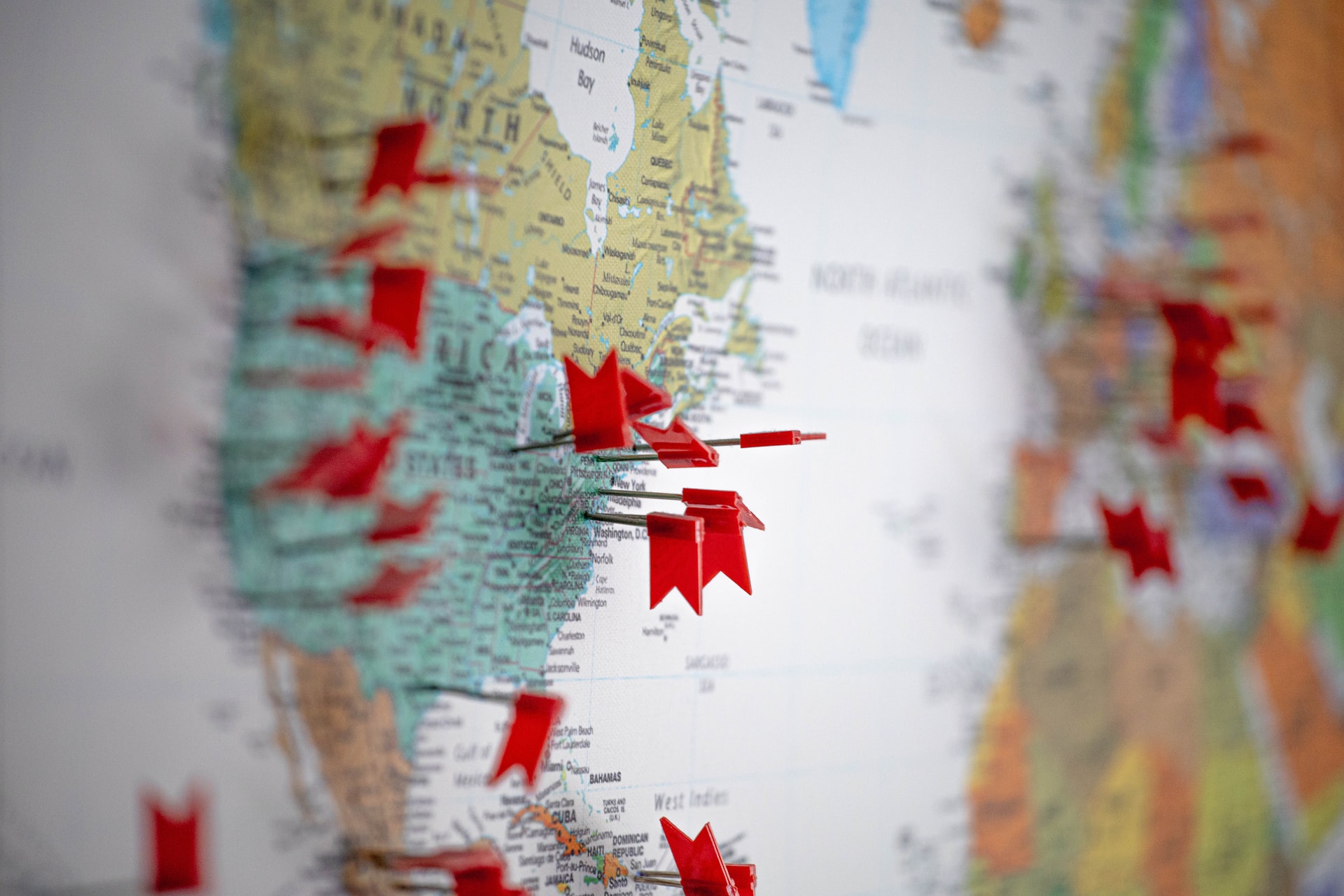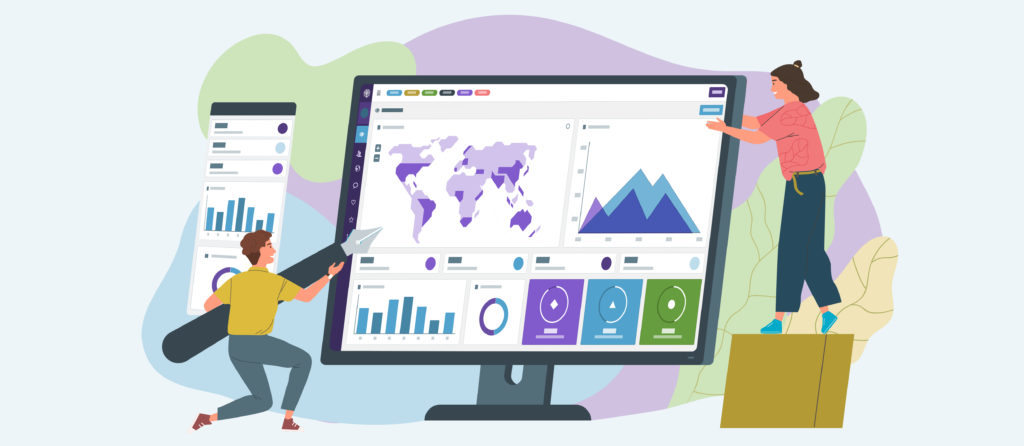
Cultural Infusion’s Founder and CEO Peter Mousaferiadis discusses the vital role of fully understanding diversity metrics in order to achieve inclusion and representation. This piece represents the final in a two-part series based on Peter’s speech at SIETAR Europa panel discussion on enhancing equality and countering discrimination, racism and intolerance: experiences.
I genuinely believe that during this time being mindful and inclusive of everyone’s reality can become a key driver in building socially and culturally cohesive communities as we emerge from this pandemic.
Leadership programs and policies that keep a clear focus on cultural diversity and inclusion will send a message of hope.
The problem with concealing data
“Accurate and comparable data is essential in enabling policy-makers and the public to assess the scale and nature of discrimination suffered and for designing, adapting, monitoring and evaluating policies. This requires disaggregating data by ethnic or racial origin………..In order to capture both subjective experiences of discrimination and victimisation and structural aspects of racism and discrimination”.
European Union’s Anti Racism Action Strategy
The European Commission then goes on to say,
“To be a modern organisation, the Commission needs a workforce which is representative of our society as a whole.”
European laws from 1978 prohibited collection of personal data – this created a range of unintended consequences. To start, minority groups reported feeling excluded and abandoned. In a time where space and time are compressed into ones and zeros, we have massive economic globalization yet we do not have values or ethics.
Europe has a dilemma. While producing a lengthy action plan against racism, and calling for the “right data to inform policies”, it still by law prohibits the asking of questions regarding ethnicity and religion.
The importance of knowing the other has become more important than ever. It reinforces the self, builds empathy and bonds which become difficult to break in times of economic instability and the flux that we are all finding ourselves in.
Building Diversity Atlas

On reflection, all of the above thoughts have led to the creation of our transformational analytics tool Diversity Atlas. My CTO, Rezza Moeini, came to me seven years ago offering to provide metrics to cultural diversity.
Shortly thereafter, we had a team of subject matter experts from various disciplines and began the process of developing a robust understanding of an area that has been poorly defined and analytically neglected: cultural diversity metrics.
We disaggregated cultural diversity metrics into four main pillars.
1. The participant’s country of birth going back to three generations
2. Cultural heritage and how it intersects with geo-cultures, ancestral heritage, ethnicity and sub-cultures
3. Languages, speech communities and dialects and the fourth pillar
4. Religions and a multiplicity of branches and denominations
Our list of 42,000 fields is forever growing. We intersect these dimensions of cultural diversity against age, position type and level, gender identity and expression, sexual orientation and biological sex among other categories.
Understanding Diversity Metrics
We looked at the metrics of diversity:
1. Variety, defined as the absence of homogeneity.
2. Balance being the distribution of what we are trying to measure across an organisation and its departments and
3. Disparity being the dissimilarity of what we are trying to measure.
For the first two metrics we’ve developed a range of algorithms to allow us to provide a diversity weighting for organisations and departments. Diversity Atlas also allows us to look at mutuality, a term that defines to what extent organisations are representative of the communities they are delivering services and products to.

We can’t underestimate the importance of representation, or mutuality, in reducing ethnic and race-based discrimination.
You can’t be what you can’t see, as the old adage goes.
Lack of representation leads to resentment
When representation is lacking, the first symptom we see is resentment. The hallmark of a successful democratic society is when it is representative of its people. Otherwise, it is failing.
With increasingly diverse societies, our organisations need to reflect this and provide balanced representation. The true extent of the opportunities here are yet to be realized.
The true extent of the opportunities that come with diversity will never be realised. The true extent of the opportunity and the distance between peoples is yet to be properly understood because consistent, reliable data is not available. Yes, the answer lies in better data that is able to inform sounder policies and programs targeted towards representing all of us.
While we may not all be in a position to influence change on an institutional level, one thing that we can all do is mix with people who are not like us. To stop living in our bubbles.
In the past decade, we have witnessed the meteoric rise of identity politics, the polarisation of public discourse, the dehumanisation of segments of society and the breakdown of a vision of inclusivity.
With each one of our lives intersecting with other people who are not like us, we might just begin to break down barriers and build inseparable bonds.
Share this Post